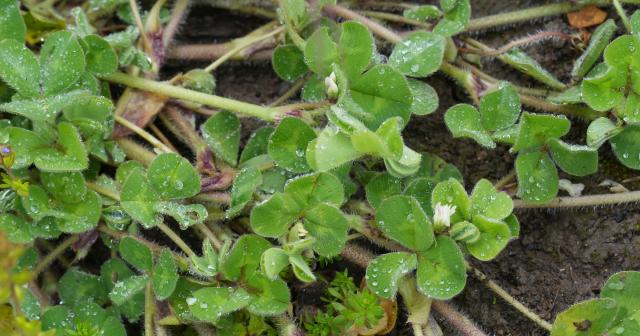Recent widespread autumn rain will have triggered the germination of subterranean clover seeds and the resulting seedlings should be allowed to reach the 3–4 trifoliate leaf stage before grazing.

With the correct management, these seedlings will provide ewes and lambs with high quality feed in late winter and early spring.
According to Beef + Lamb New Zealand’s factsheet “Using Subterranean Clover”, farmers wanting to increase the population of subterranean (sub) clover in their swards should spell paddocks after germination has occurred to allow the seedlings to reach the 3–4 trifoliate leaf stage.
Ideally, the paddocks should then be grazed by cattle to reduce shading of the clover seedlings. This is particularly important in wet, growthy autumns.
Over winter, the paddocks can be grazed as required, but B+LNZ recommend farmers keep the clover-rich pastures above 1200 kg DM/ha. If possible, lambing paddocks should be spelled completely to allow pasture covers to build for lambing.
Sub clover is an annual legume which is valued for its ability to produce more drymatter than perennial legumes in early spring, making the most efficient use of available soil moisture. This means it is ideal for driving ewe lactation and pre-weaning growth rates.
Sub clover grows at least a month earlier than lucerne, white and Caucasian clovers. It favours sunny dryland sites, so it is particularly valuable in East Coast dryland hill country, where, with the appropriate management, it is able to persist in environments where white clover dies off.
Well managed dryland pastures can have 50% clover on offer in September and October.
Grasses in legume-rich pasture benefit from the nitrogen(N) fixed the legumes as they take up the extra N and become more palatable to stock. For more information about subterranean clover, see our factsheet on using Subterranean Clover (PDF, 349 KB).